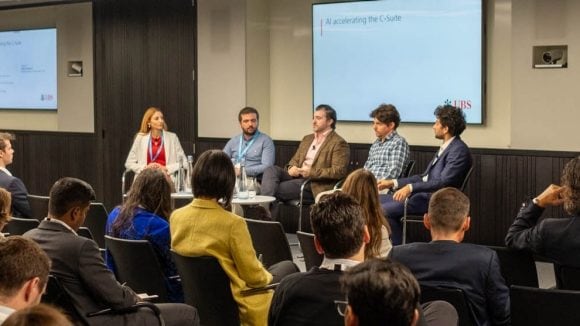Technology, Private Markets
How smart technologies are driving industry 6.0 and beyond
Touted as the next phase of industrialization, Industry 6.0 will be enabled by the creation of fully integrated, intelligent systems that can operate autonomously.


